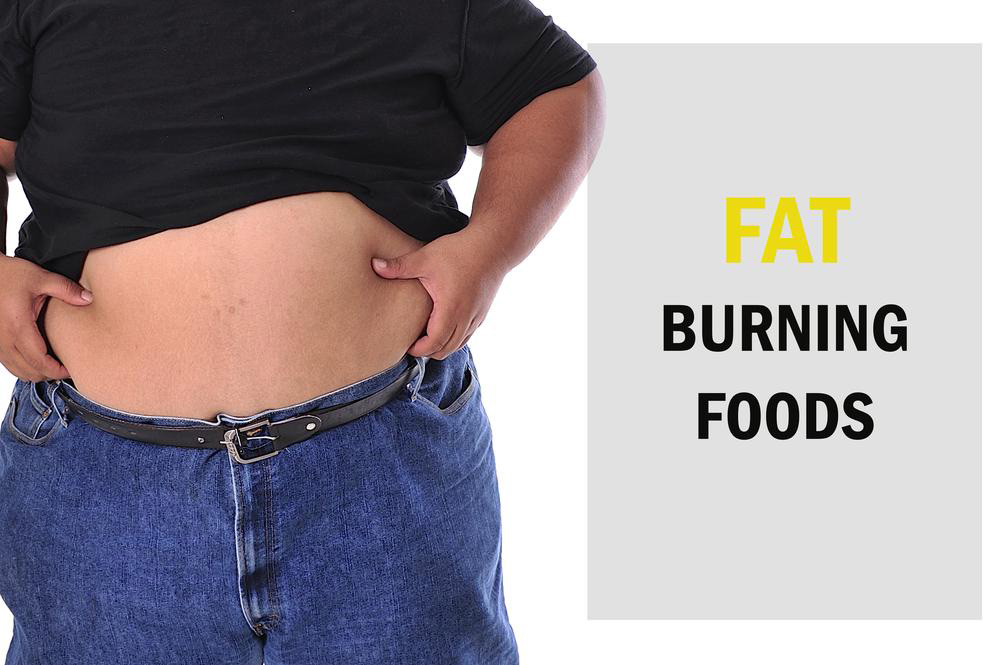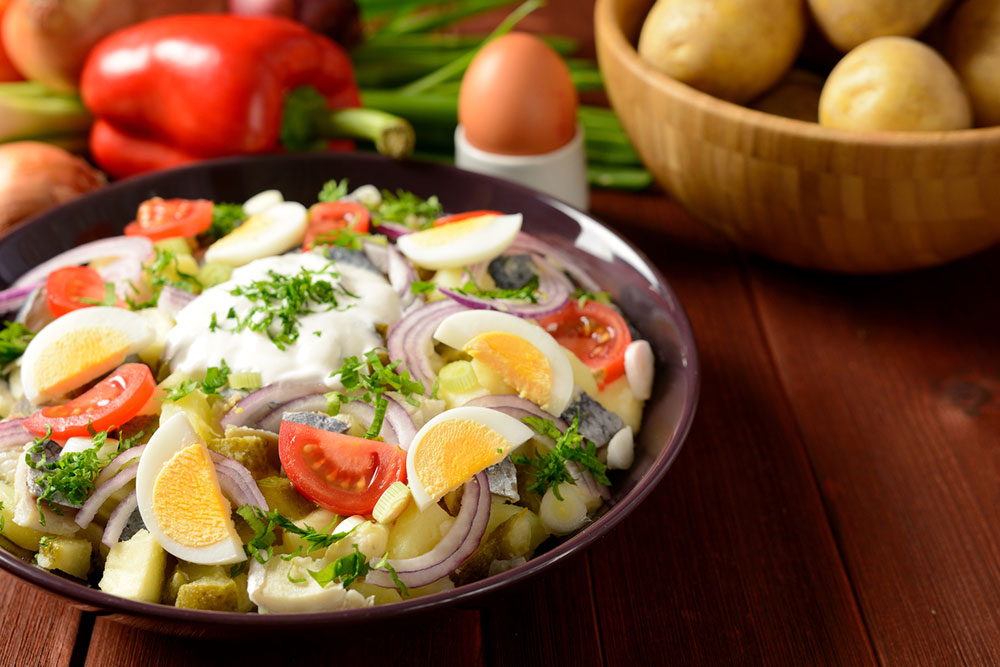Key Insights into Adopting the Paleo Diet
Discover essential insights into the paleo diet, including recommended foods, foods to avoid, and a sample meal plan. Learn how to adapt this health-focused diet to your needs with professional guidance to promote weight loss and overall wellness effectively.

Key Insights into Adopting the Paleo Diet
The paleo diet mirrors the eating habits of our Paleolithic ancestors, emphasizing whole, unprocessed foods. It is distinct from typical dietary plans and offers numerous health advantages, including effective weight management. Recently, this diet has surged in popularity, with research supporting its role in promoting overall health. Planning a paleo diet involves customizing it to individual needs, but consulting a nutritionist is advisable for personalized guidance.
Foods recommended on this plan include eggs, fish, vegetables, meats, nuts, and fruits. Incorporating herbs, spices, and healthy fats like olive oil enhances benefits. Emphasizing unprocessed foods is essential to maximize nutrient intake, such as meats like chicken and lamb, seafood, colorful vegetables, and nutrient-rich nuts and seeds. Avoid processed foods, dairy, grains, legumes, refined sugars, and artificial sweeteners. Modern paleo variations may include foods like rice and grass-fed butter. Hydration should focus on water, avoiding caffeine. A sample weekly meal plan can guide your transition, but consulting a healthcare professional before starting is recommended.
Unprocessed meats and seafood
Colorful vegetables and fruits
Nuts and seeds
Healthy oils and spices
Avoidance of grains, dairy, sugar, and processed foods










